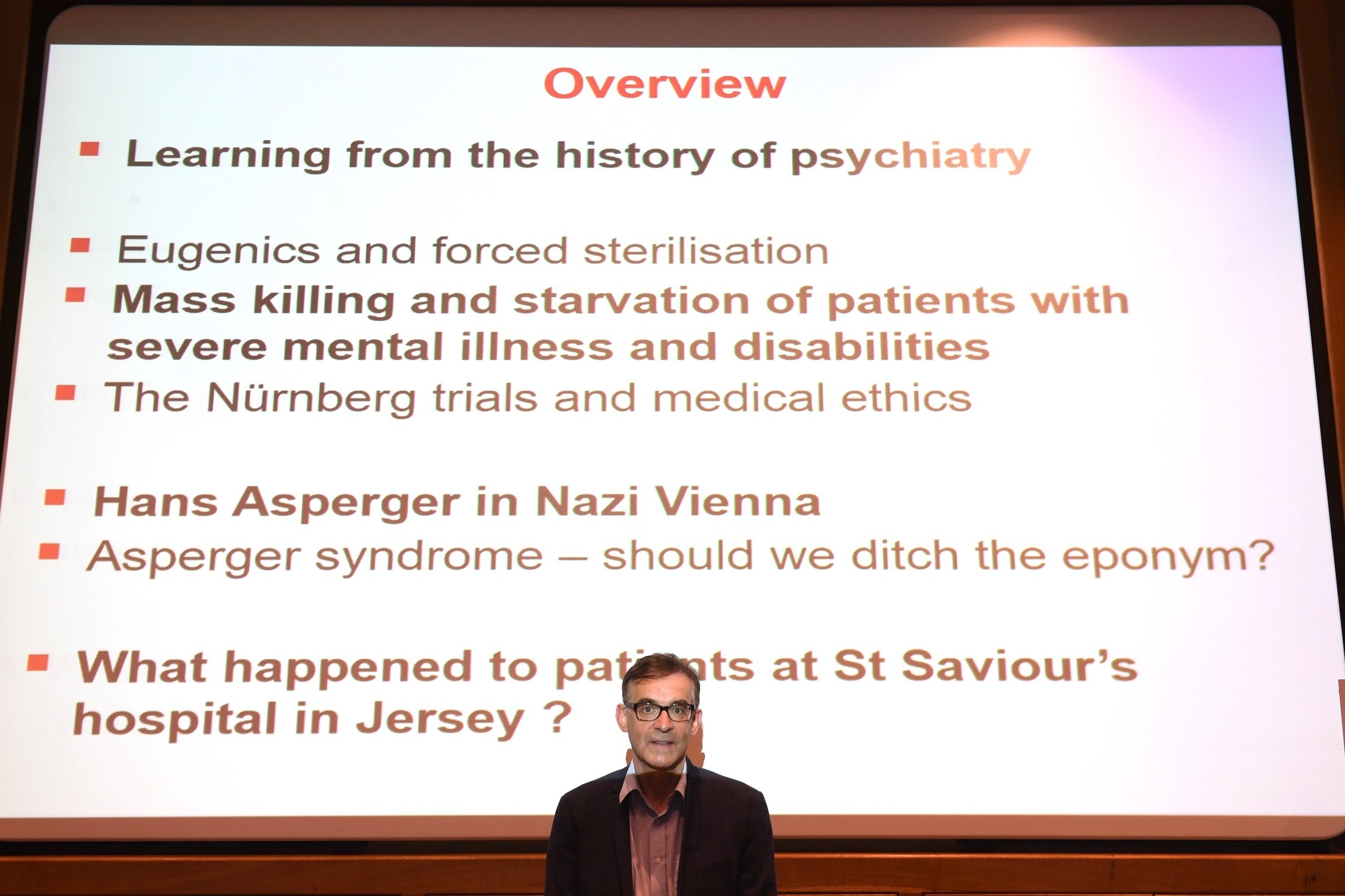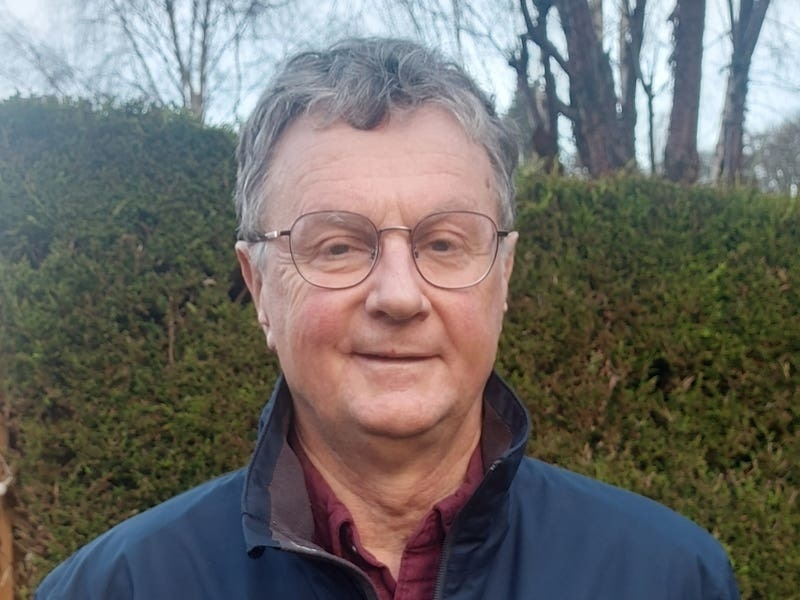WARTIME patients at St Saviour’s Hospital may have been saved from mass deportation and euthanasia by the Bailiff and senior medical professionals, research by a Health Department consultant has suggested.
Dr Ulrich Müller-Sedgwick, a consultant psychiatrist and a visiting research fellow at Cambridge University, has been examining the workings of the Hospital during the Occupation when the German administration explored its potential as a barracks.
For presentations to mental-health professionals, Dr Müller-Sedgwick reviewed surviving archive records to place the Island’s experience in the context of the Nazi policy that led to the mass killing of mental-health patients during the Second World War in Germany and occupied Europe.

‘It is a subject which has occupied me since I was a medical student. Then nobody was talking about it because it was a taboo subject. There was nothing published in Germany at the time,’ he said, adding that he was pleased that the past had now been confronted. ‘You have to learn from history,’ he said.
Jersey’s records from 1941 show that there were then 231 patients at St Saviour’s Hospital, people with a range of medical conditions who in the terminology of the time would probably have been considered ‘feeble-minded’, Dr Müller-Sedgwick observed.
In Germany at the start of the Occupation period, the mass killing of mental-health patients in the programme known as Aktion T4 – named after Tiergartenstraße 4, the Berlin address of the Chancellery department – was in full flow, having been personally authorised by Hitler. Some 70,000 patients from psychiatric hospitals in Germany, Austria, occupied Poland and the Czech Republic were killed between 1939 and 1941.
By the end of the war, more than 350,000 victims had died with medical professionals often playing a key role in determining those who should be murdered.
The Aktion T4 programme was, Dr Müller-Sedgwick explained, the only programme of mass murder that citizens of the Reich protested against during the Nazi period, prompting Hitler to end the adult T4 programme officially, even though the killings continued.
Relating these events to the situation in Jersey when the occupiers arrived, Dr Müller-Sedgwick quotes Val Garnier’s Beyond the Call of Duty: A Medical History of Jersey during the German Occupation. It recounts the recollections of Dr Averell Darling, later the Island’s medical officer of health: ‘We had a lot of patients at the time of the beginning of the Occupation being cared for at St Saviour’s. As soon as [medical officer] Dr Blekwenn had arrived and “set up shop”… in the German headquarters, he went… to see what was happening out there. When he saw the patients, he just looked at Dr [Robert] McKinstry [then medical officer of health] and said “in Germany we have a better way and we would not be keeping them”.’
In 1942, the Bailiff Alexander Coutanche wrote to the German authorities to complain about plans to clear St Saviour’s Hospital of patients, referring to ‘the disastrous consequences’ that would inevitably follow.
If they were removed from the Island, the Bailiff continued, ‘the shock to the feelings of the relatives and to the inhabitants of the Island generally would, it is feared, produce the most serious consequences’.
In 1944, an order issued by the administration demanded a list of all the patients in St Saviour’s Hospital, together with all ‘cripples’, as they were to be taken away from the Island. However, the order was deferred following further protests from the Bailiff and Dr McKinstry.
For Dr Müller-Sedgwick, researching the Occupation and passing on these discoveries to colleagues in Health and Community Services has a particular moral resonance.
‘Part of my duty is to stand up to fight for [patients’] rights. If we are to provide good quality care for them it costs money. Looking after people properly is very expensive,’ he said, adding that it was important that all those involved in mental-health care learned from the lessons of the period.
However, his research reveals gaps in the records which he is now hoping to fill. There are no annual reports for St Saviour’s Hospital from 1941 to 1946, giving rise to a number of questions.
Why did the number of patients decrease from 231 to 167 between December 1941 and January 1947? Did any die from starvation in the latter stages of the Occupation? Or were they taken home by families? Did patients receive the life-saving parcels delivered by the SS Vega – the first ship carrying Red Cross parcels for the civilian population to dock in Jersey and, if so, how was this organised?
Dr Müller-Sedgwick would be pleased to hear from anyone with knowledge of St Saviour’s Hospital during the Occupation.
– He can be contacted on JerseyMentalHealthHistory@gmail.com.






